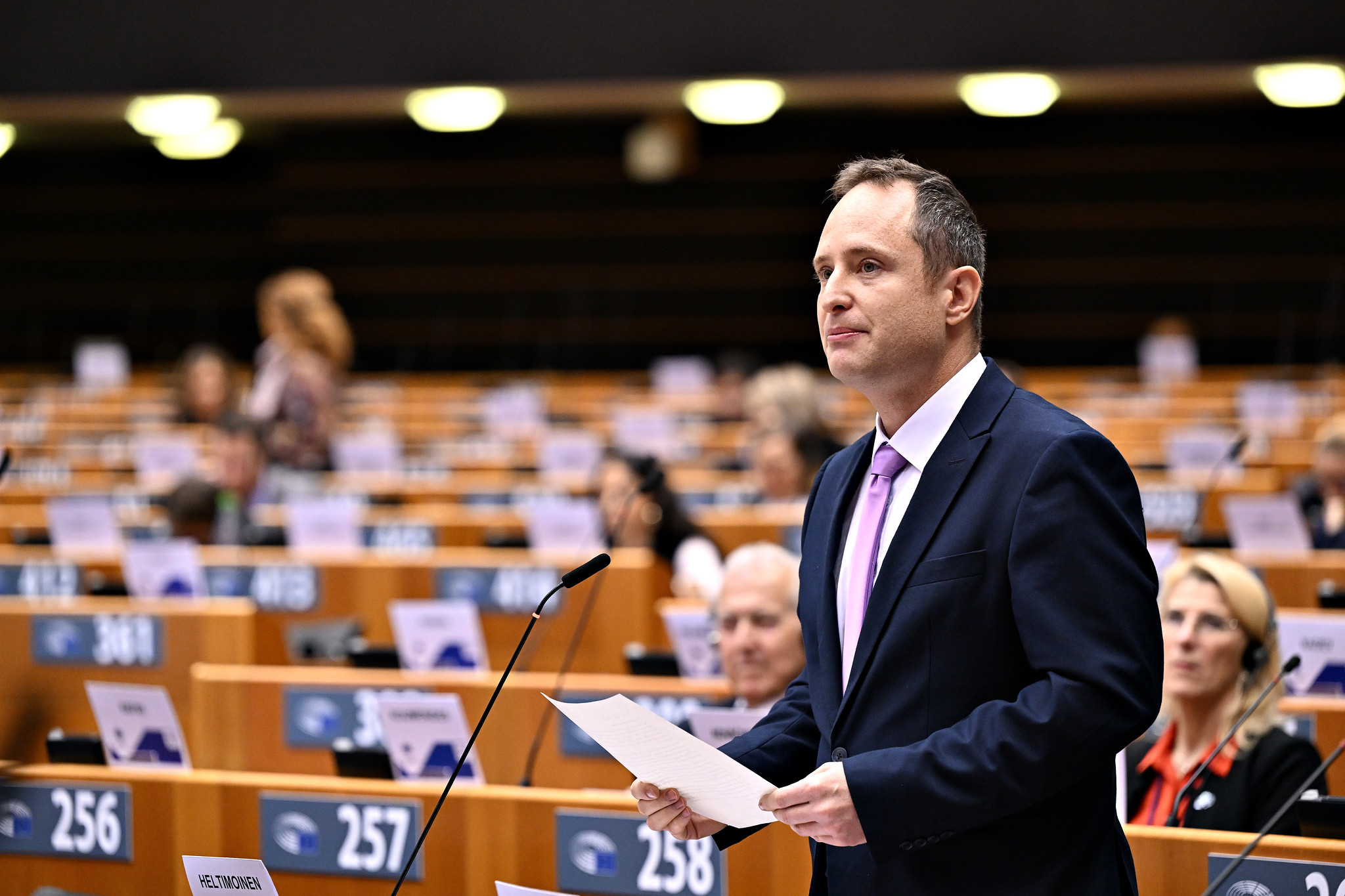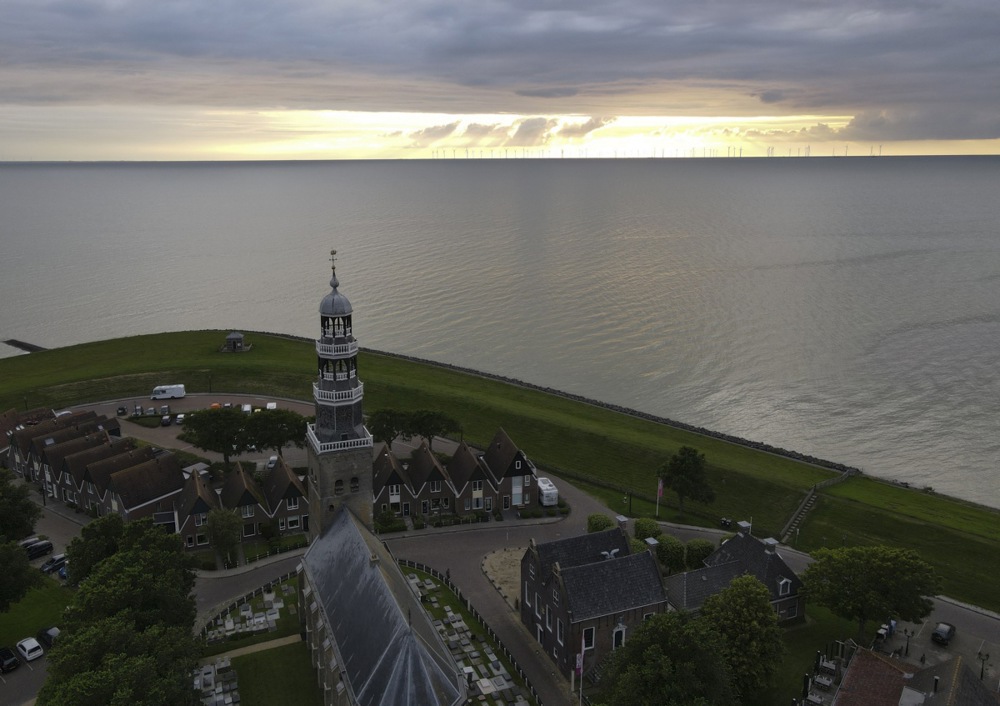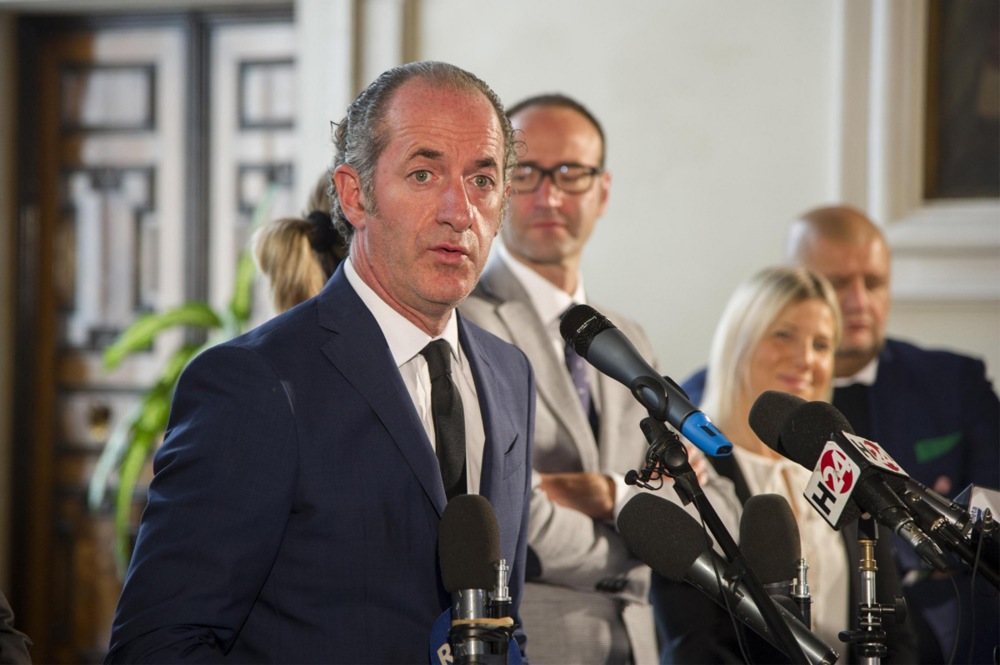Venice, Italy
Venice, grappling with the challenges of over-tourism, is set to implement tough measures in 2024 to alleviate the strain on its delicate infrastructure.
The municipal government’s recent resolution aims to tackle the influx of visitors by introducing an entry fee for day-trippers and imposing restrictions on the size of tourist groups.
While these measures are anticipated to mitigate some issues, concerns persist among locals about their effectiveness.
Simone Venturini, Venice’s tourism councillor, emphasizes the objective to strike a better balance between the needs of residents, workers, and visitors.
The proposal includes capping the size of organized groups to 25 individuals, alongside a crackdown on unauthorized guides, and a ban on loudspeakers during tours.
These regulations, set to take effect in June 2024, aim to preserve the city’s fragility, manage traffic, and enhance interaction between visitors and residents.
Venturini acknowledges the challenges faced during peak times, stating, “Tourists clog the narrow streets, create bottlenecks, and generally take up too much room.”
The 25-person limit aligns with existing rules for visits to civic museums and provides operators with time to adapt to the changes.
Sebastiano Costalonga, Commerce Assessor, underlines the broader intent of the regulations, stating, “the administration wants not only to provide precise rules for respecting the fragility of Venice but also to signal intolerance towards unauthorized tour guides.”
The regulations are also poised to contribute to the certification of guides accompanying tourist groups.
However, residents remain sceptical about the efficacy of these measures.
Daniela Zamperetti, working at Venice’s civic museums, questions the impact of the 25-person limit, highlighting that it merely results in two groups of 25 side by side instead of a single larger group.
The entry fee, another element of the strategy, aims to manage visitor numbers by requiring those over 14 entering the city on designated busy days to pay a €5 (£4.31) fee or prove exemption.
Exemptions include residents, individuals born in Venice, and those with overnight stays booked in the city. The fee, scheduled to begin on 29 specific days in spring and summer 2024, will be processed through a dedicated website.
Venetians express concerns about the potential for complications and misunderstandings, particularly with the exemption for those visiting resident relations “up to the third degree of kinship.”
The new regulations underscore the city’s attempt to navigate the challenges of over-tourism and establish a more sustainable tourism model.
As Venice cautiously implements these measures, the city council anticipates evaluating their effectiveness.
The pilot entry fee system, projected to cost €3 million (£2.58 million) while generating around €700,000 (£603,000) in income, is regarded as an initial step. Future iterations might see adjustments to the fee structure and potentially a cap on entry numbers.
The delicate balance between preserving the city’s unique charm and accommodating the millions of annual visitors remains a complex challenge.
Venetians hope that these measures will foster a more considerate form of tourism, acknowledging the need for respectful coexistence between visitors and the city’s residents.





